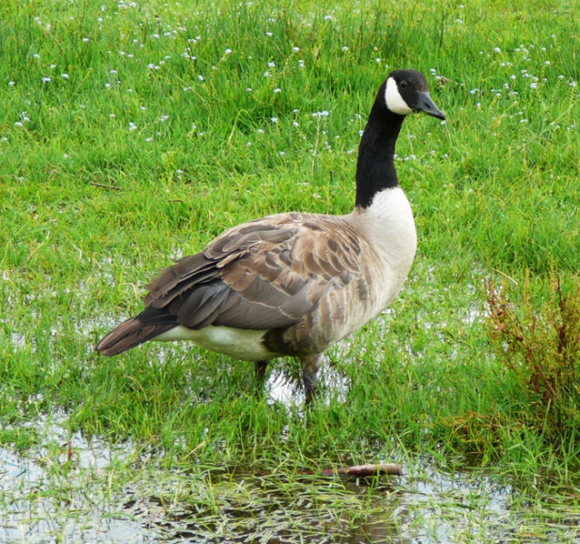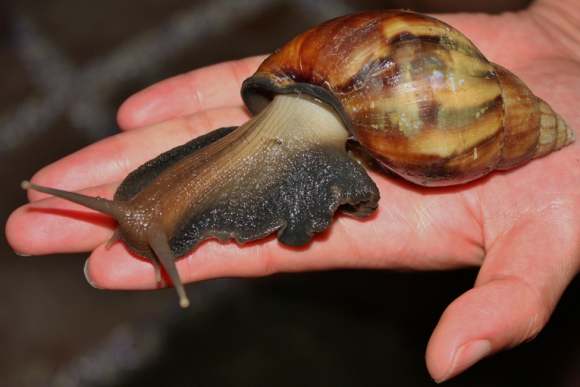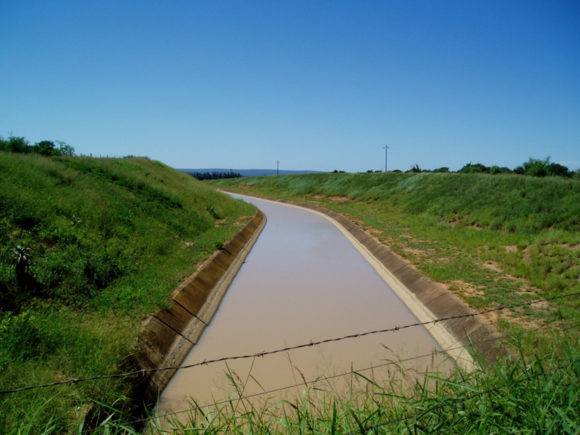8 October 2012 | By Núria Roura-Pascual
The human-mediated movement of species around the world has added several layers of complexity to the management of ecosystems. Once alien species are established in a new region they are extremely difficult or impossible to eradicate, and control is expensive and often ineffective. For this reason, more attention is being given to developing robust ways of preventing the introduction and dissemination of species that could become invasive.
Much research is focussing on developing risk assessment protocols that identify species that pose a high risk of becoming established, spreading and having negative impacts. Formal risk analysis for invasive species aims to provide systematic and comprehensive methodologies for evaluating risks and uncertainties associated with the introduction/spread of organisms, based on the magnitude of possible adverse consequences and the likelihood of occurrence of these consequences. In many countries, legislation relating to invasive species calls for the implementation of formal risk assessment tools to reduce further invasions.
The European Science Foundation (ESF) and the Agency for Management of University and Research Grants (AGAUR) of the Government of Catalonia jointly funded a workshop on methods and applications of risk assessment analysis in managing biological invasions. The workshop was hosted at the University of Girona in Spain during April 2011. The meeting, chaired by former C·I·B post-doc Núria Roura-Pascual, brought together 21 researchers from around the world with expertise in various aspects of invasion ecology and an interest in contributing to the development of a more robust framework for and standard protocols for effective risk assessment. The C·I·B was represented by its Director, Dave Richardson.
A sub-group of workshop participants lead by Prof. Brian Leung (McGill University, Montreal, Canada) was tasked with producing a rigorous conceptual risk assessment framework by reviewing more than 300 published risk assessment studies. The paper, published in the journal Ecology Letters, defined risk in relation to each of the major stages in the invasion process: Transport, Establishment, Abundance, Spread, and also with regard to Impact — the “TEASI” framework. TEASI components, subcomponents, dependencies, and relationships among these elements are discussed, and combined mathematically into a quantitative RA structure.
By mapping each risk assessment in the conceptual TEASI framework, the authors illustrate that the qualitative/semi-quantitative scoring methods are special cases of quantitative models. This framework thus provides the skeleton structure and serves as a starting point for advances in risk modelling. Importantly, the aim in promoting such an integrative approach was not to suggest that all elements need to be estimated to yield a useful risk assessment, but rather to identify opportunities for improvement, by explicitly demonstrating how different processes in invasion are linked. Most implementations of risk analysis do not cover all elements of the invasion process (Figure 1), and the new framework provides guidance on which elements should be included in risk assessments and how they should be combined.
Some suggestions for future improvements on risk analyses for invasive species management are:
- There have been substantial advances in quantitative approaches, but they have often not been applied in policy (in contrast to scoring approaches). Research should explicitly demonstrate when such quantitative approaches yield benefits over qualitative ones.
- The development of synthetic models which are generalizable across a number of species, environments and the invasion process could allow these quantitative approaches to be broadly applied for policy purposes.
- In terms of uncertainties, for both quantitative and scoring approaches, it may be useful to identify generalities of which uncertainties are important to include in different circumstances. Rules for exclusion of subcomponents that do not improve predictiveness should be derived.




